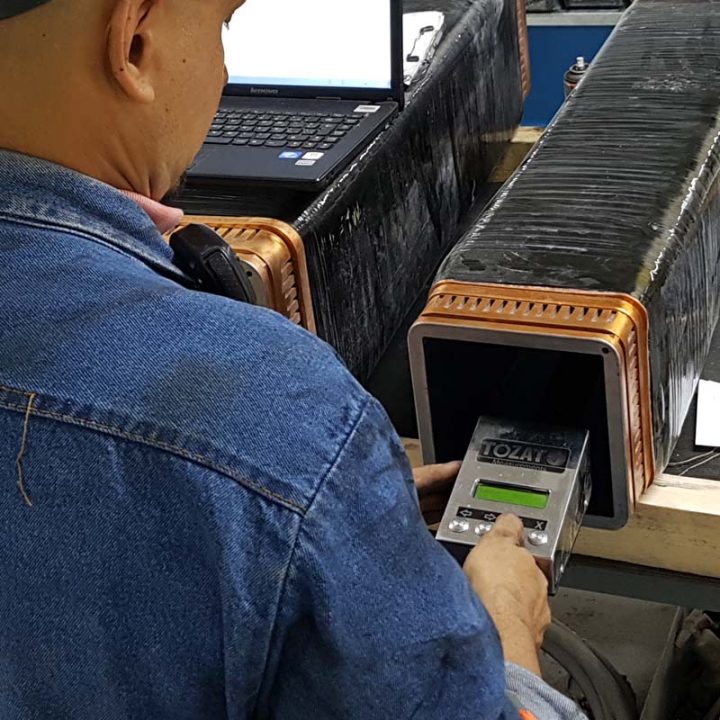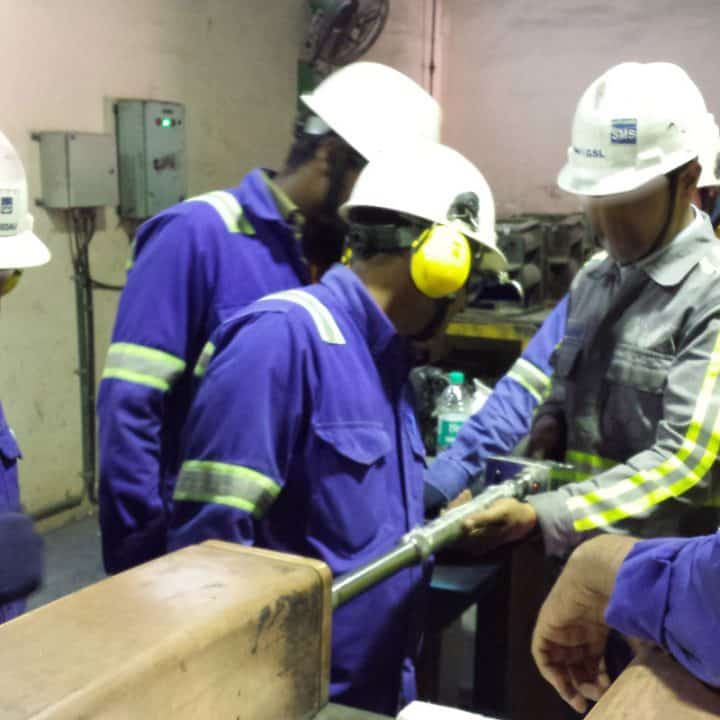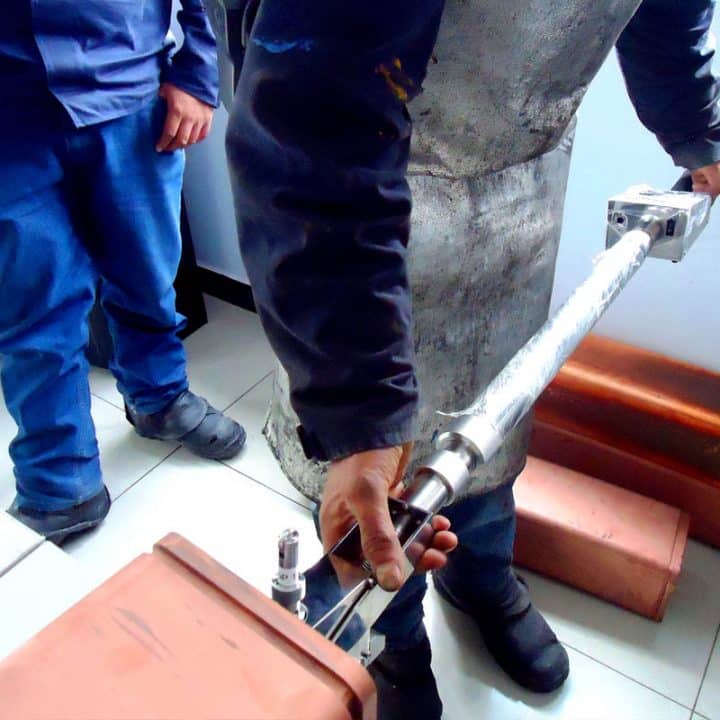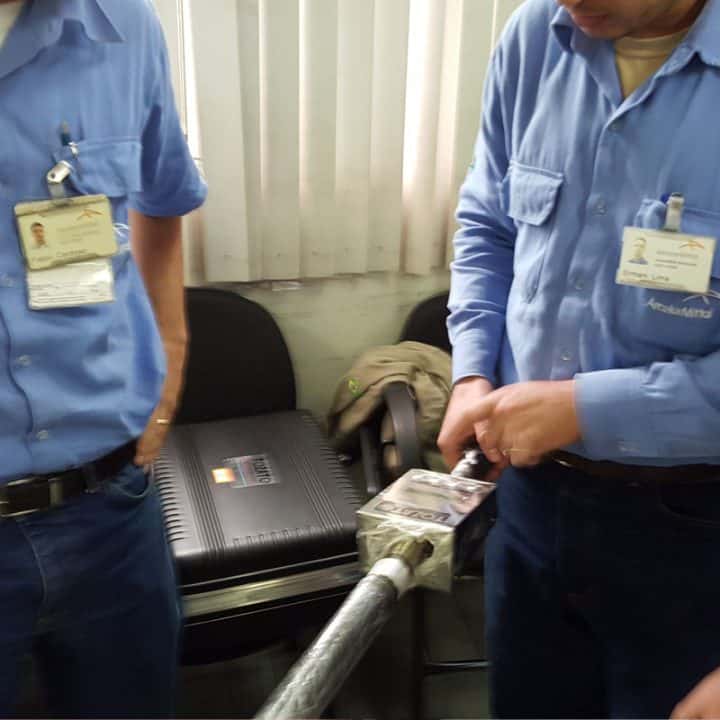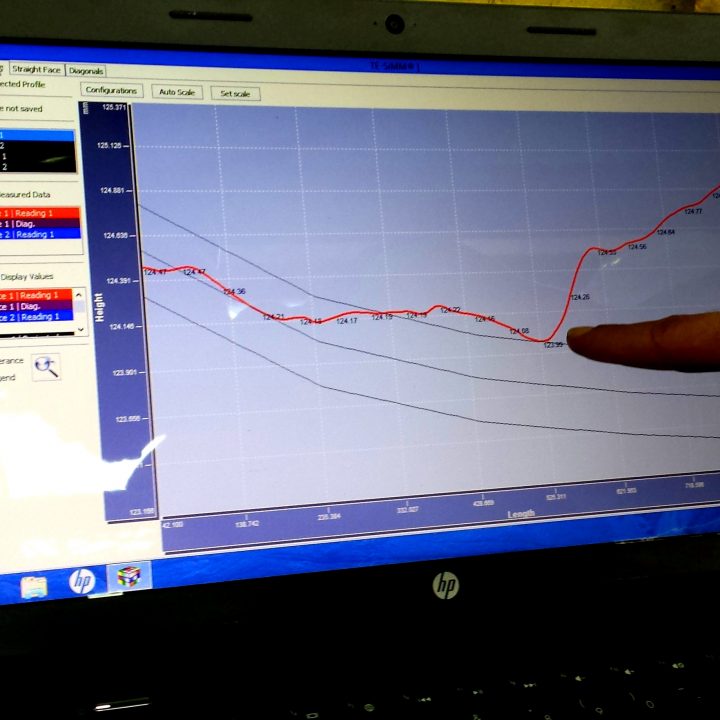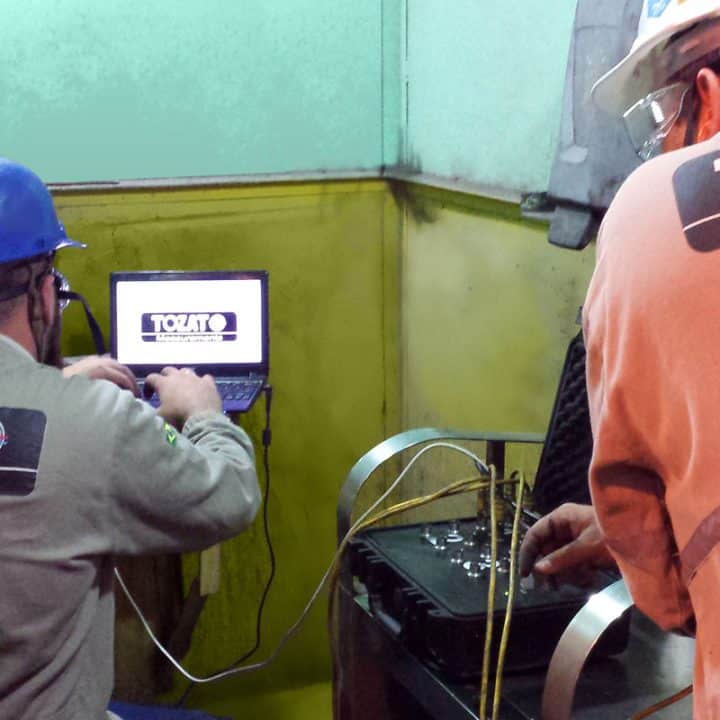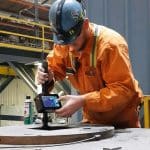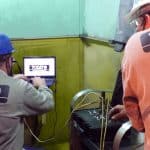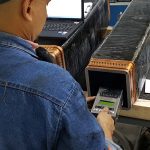It is rather common to have the copper molds with decreased service life due to early wear. The improper wear, among other reasons, is caused by intense friction between the product and the mold, therefore, resulting in trajectory errors offset caused by an oscillation table topographic unleveling.
After all, is there a straight relation between the oscillation table topographic leveling and the coper molds early wear? The study below will help you to understand how much these two factors are related.
In order to avoid breakouts incidence increase due to mold wear, it is important to change the mold prematurely or even decrease the cast speed (low productivity).
However, when you own a system to measure the mold profile, it is easy to notice the mold early wear. On the other hand, when the cold and hot tests results from an oscillation monitor are compared, it can be noticed severe distortions on the Vertical Velocity Waveform at hot or even in the mold 3D graph modeling. That being the case, these are also consequences of oscillator topographic unleveling.
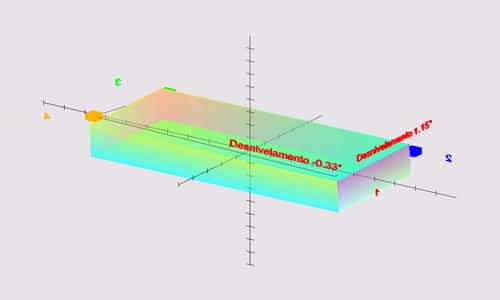
[Study Case] Mold Service Time Decrease
A Tozato steel making plant customer has reported that the molds were being disposed after 15 heats.
This procedure was taken after measuring mold faces by using an accurate mold wear measuring device. Thus, in the graph, it is possible to compare the data gathered from a brand-new mold (blueish) with the same mold after 15 heats used (reddish), which shows it totally out of use condition.
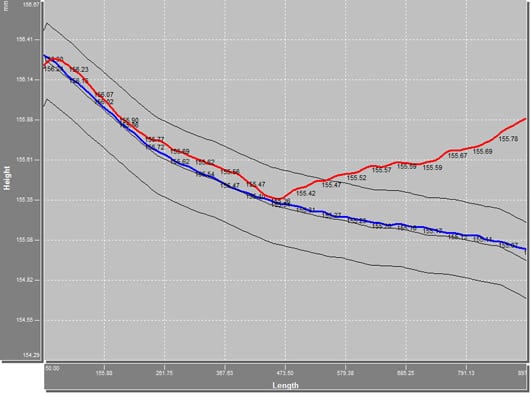
That being the case, in order to identify the root cause for this severe wear level, it was also collected data from the oscillation table with a very reliable oscillation monitor system. Afterwards, it was possible to observe the oscillation motion out of the CCM pass line. Therefore, the oscillator topographic unleveling is responsible for increasing the mold friction, which is one for the most common root causes for the mold early wear.
Oscillator Topographic Uneveling Analysis
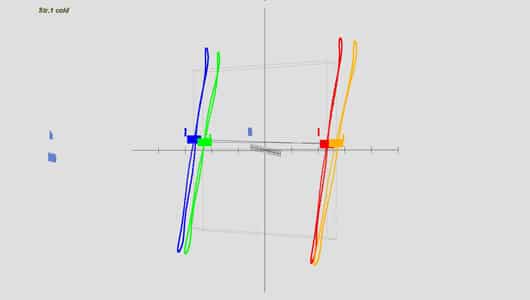
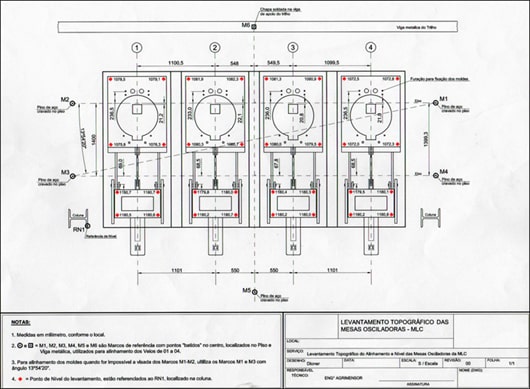
After gathering this information above, the team in charge was able to perform a proper maintenance and solve assertively the problem. Therefore, the outcome was a considerably increase of mold service life and increased the product surface quality due to the decrease of cracks incidence.
Upshot
It is essential to check the oscillator topographic leveling although it receives a little attention. The problems caused by an unleveled oscillation table are many and its severity level may vary a lot. Therefore, prevent the oscillator topographic unleveling is a safe way to avoid surface defects on the product, such as scratches and cracks. Thus, the main reason is because the friction caused by the oscillator topographic unleveling is straightly related to the mold service life decreasing and consequently, it reinforces the need of monitor permanently the oscillators’ condition.
